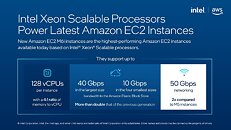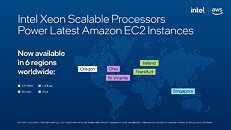
Intel Core i7-12700K and Core i9-12900K Pricing Leaks
US computer component and electronics store Micro Center appears to have gotten ahead of things and listed the upcoming Intel Core i7-12700K and Core i9-12900K pricing on its website almost two weeks ahead of the official sale start. This should be MSRP pricing and if it's good or bad is a question of how you look at it, since both chips are significantly more expensive than their 11-series counterparts and much higher than the MSRP for those parts.
Intel's Core i7-11700K launched at US$399 and the new Core i7-12700K will beat that by $70, as it should launch at US$469.99, which seems like a large chunk of money to pay for the extra efficiency cores. The Core i9-11900K launched with a US$539 price point and the Core i9-12900K brings that up by US$130 to US$669.99. These prices are obviously not confirmed as yet, but Micro Center tends to be one of the cheapest places in the US to get CPUs, so we doubt there's any price gouging going on here.
Intel's Core i7-11700K launched at US$399 and the new Core i7-12700K will beat that by $70, as it should launch at US$469.99, which seems like a large chunk of money to pay for the extra efficiency cores. The Core i9-11900K launched with a US$539 price point and the Core i9-12900K brings that up by US$130 to US$669.99. These prices are obviously not confirmed as yet, but Micro Center tends to be one of the cheapest places in the US to get CPUs, so we doubt there's any price gouging going on here.


















































